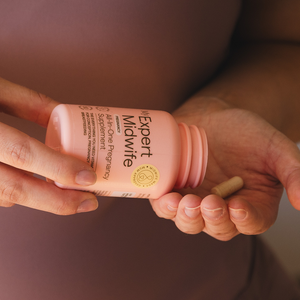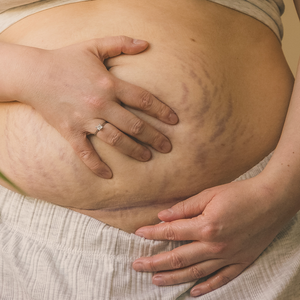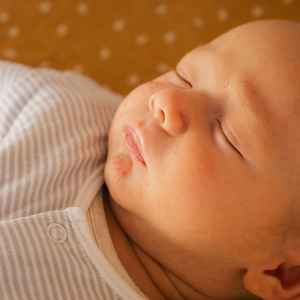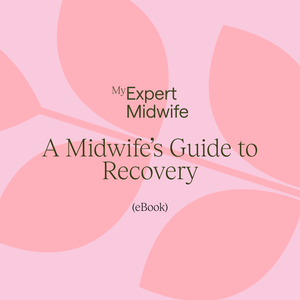One of the most popular pieces of advice that parents are given is to sleep when the baby’s sleeping. It’s also probably one of the most useless!
It is certainly true that catching up on snooze when the baby has finally dropped off is far, far more important than pretty much anything else that needs doing. However, actually getting the baby to sleep can be such a huge undertaking that by the time they’re finally asleep you may be too exhausted, hungry, in need of the loo – or all three! – to sleep.
So, what does ‘normal’ baby sleep look like? How can we help babies to sleep better? And are we really making a rod for our own backs?
Babies, sleep and the savannah
Human babies are born extremely vulnerable to the predators that our ancestors lived with, and they don’t know that there aren’t many sabre toothed tigers in the world anymore. While we think that they have no way to protect themselves, babies actually have extremely strong skills to counter their vulnerability. Their instinct tells them that they may be eaten if they are not held. They don’t know the difference between a Moses basket and the open savannah, so their powerful survival instincts tell them that they MUST be in your arms and they will not stop crying until they are safe.
We know that babies’ stress hormones skyrocket when they are separated from their caregiver. The instincts of babies left to “cry it out” tell them that, if no one comes, it is best to stop crying because the caregiver is too far away and, instead, they’ll attract a predator. Eventually they will fall asleep through exhaustion, but scientific studies have shown that their tiny brains and bodies are flooded with stress and anxiety hormones.
Sleeping like a baby?
So, what does sleeping like a baby even mean? For new parents, it’s likely to be “not enough”, “at really weird times” and “not unless I’m holding them”.
It is very rare for babies to sleep for longer than a few hours at a time, including overnight, and this is important as frequent waking reduces the chance of cot death. Babies also have tiny bellies which need filling little and often, and a new sensation – hunger – that they’d never experienced before birth. So, they’ll wake up in the night for a top up and then not always go back to sleep again.
Top tips for the best sleep for baby and you!
When dealing with night waking, try to keep the lights dimmed, perhaps using a low light lamp rather than the main room light. Soft voices can help your baby to relax. Nappies may not need changing overnight unless they’re dirty, very wet, they object or their skin reacts badly to a wet nappy.
Many breastfeeding mothers and nursing parents can get the knack of feeding lying down and, with a safe bed sharing set up, they can latch baby on and go back to sleep. A side-along cot may be the second best option, so when baby is asleep after a feed you can slide them into the cot.
In the daytime, it’s really common for babies to struggle to nap when they’re not being held. This is why lots of babies love being in a sling. They know they’re safe and close to you, and that helps them to relax and drop off to sleep. Sometimes, when they’re deeply asleep, you may be able to put them down - but don’t be surprised if they wake up with a start. That’s normal.
Working with, rather than against, a baby’s instinct, means recognising a few important things:
- You can’t spoil a baby
- A baby’s need to be held isn’t manipulation or control, it’s their instinct to survive and their need for connection
- All children do eventually fall asleep on their own. However, this can sometimes take years, not months
In the meantime, one of the most wonderful parenting tools is being able to breastfeed or nurse to sleep. While it can mean that it’s harder to settle baby without the boob, which can be challenging when the mother or feeding parent is unable to be there, the rest of the time feeding to sleep can be the quickest and most successful way to settle a baby.
Some babies (but certainly not all!) love being tightly swaddled, which may remind them of the womb. Special toys with recordings of womb sounds can also settle a fractious newborn, but they don’t work for every baby. None of these are a real substitute for you, so if you want to hold your baby but you’re worried that you’ll spoil them, be reassured that you’re actually responding to your baby’s deepest needs.
Summary
Society (driven by the manufacturers of cots!) tells us that babies should sleep on their own. This is just not true. Babies sleep best when they’re close to us because that’s where they feel safest, but they’ll still wake often to be fed and that’s normal, too. Try to support their needs as much as possible as this is likely to get them to sleep as well as they can and, in the meantime, try to sleep when the baby’s not looking!


















